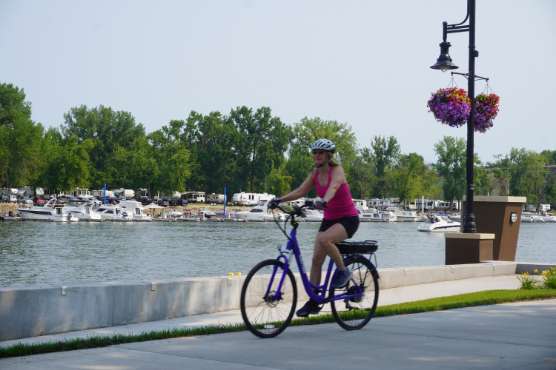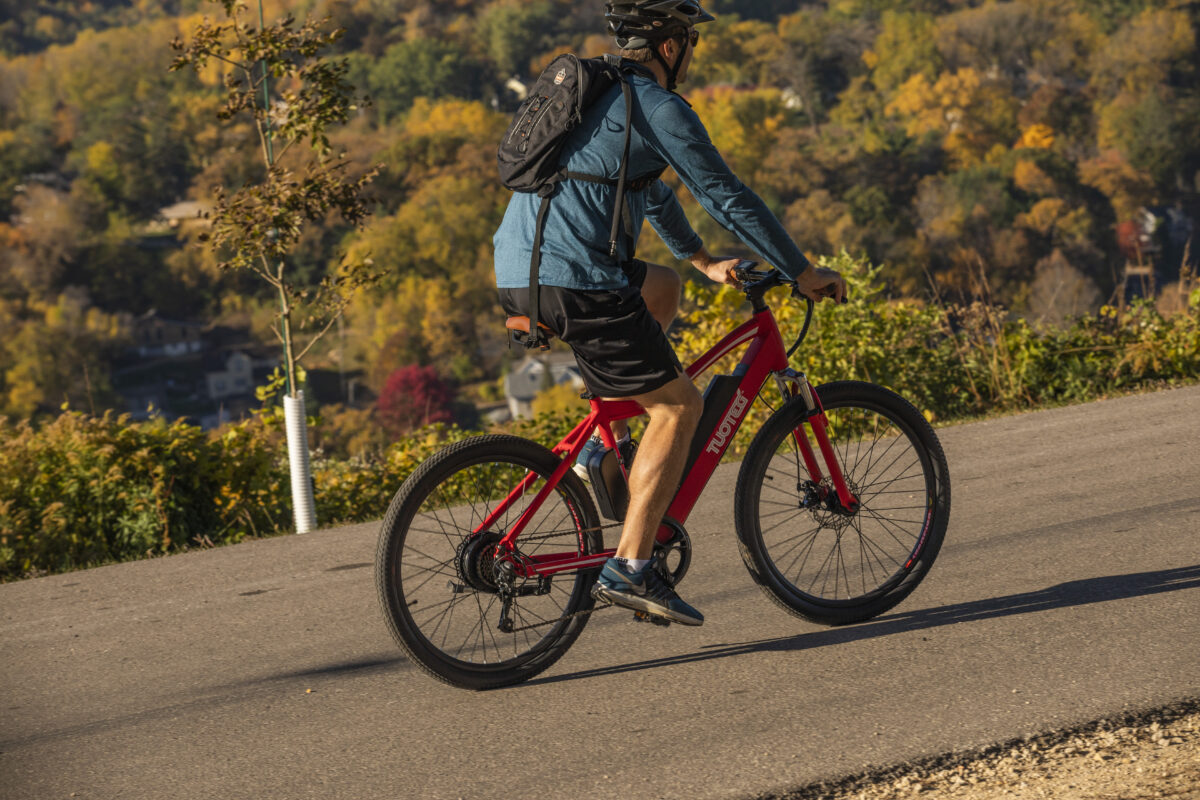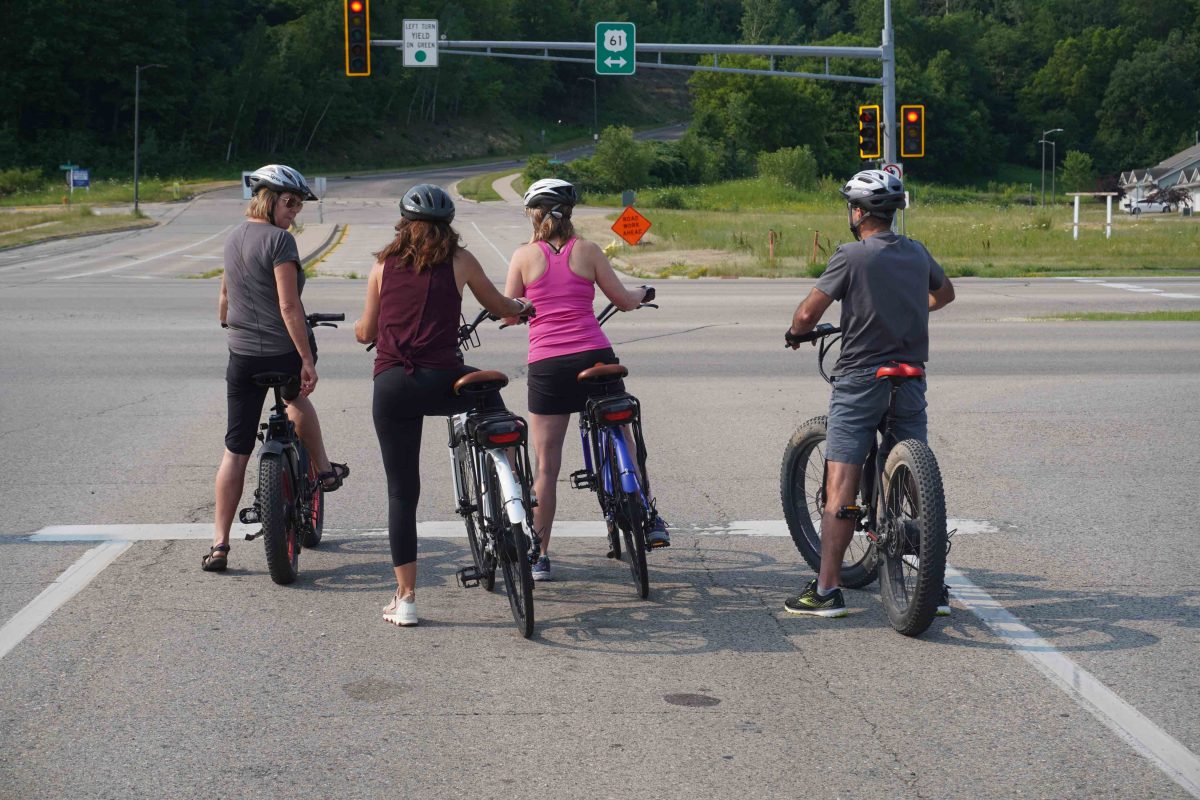Informational, Safety
Biking Hand Signals Every Biker Should Know
If you’re new to the biking scene, you may not know biking hand signals. Hand signals are very important to know when out on a ride. Especially if you plan to bike along any streets, hand signals are a must! Here are some basic hand signals every biker should know.
Left Turn Signal
When letting cars or other riders know that you plan to turn left, fully extend your left arm all the way out to the side. You’ll want to do this a good distance out from when you are turning so you can let people know in advance. It also gives you time to then lower your arm so you can grab onto the handlebar as you turn.
Right Turn Signal

There are two different ways to show a right turn signal, both of which are correct. One way is to fully extend your right arm all the way out to the side. This is done the exact same way as the left turn signal, just using the opposite arm. Another way is to put your left arm out and turn it up at a 90-degree angle. Again, make sure you give yourself and others around you time to see the signal. It’s safest to make a turn when both of your hands are on the handlebars.
Stopping & Slowing Biking Hand Signals
This signal is the opposite of the right-turn signal. Using your left arm, turn it down at a 90-degree angle with your palm open. This makes bikers aware that you are decreasing your speed and are slowing to a stop. Since bikes don’t have brake lights like cars do, this signal is extra important.
It’s important to know how to perform biking hand signals when riding to help signal to those around you. Even if you aren’t an avid biker, knowing what hand signals mean will help you understand other bikers around you.



